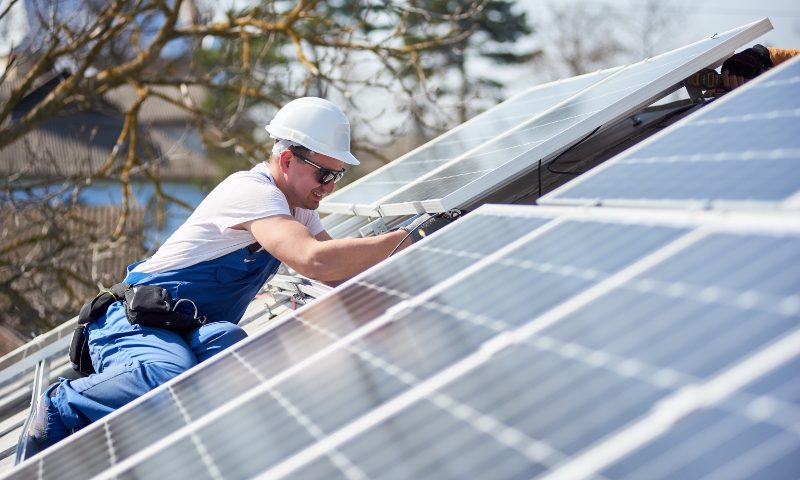Reasons Why Your Home Needs Energy Storage
March 23, 2020
Why Solar Is a Good Long-Term Investment
May 7, 2020Reasons Why Your Home Needs Energy Storage
March 23, 2020
Why Solar Is a Good Long-Term Investment
May 7, 2020There are a few different things that can stop a property owner from going solar. The most common challenges are shading (not enough sun exposure on roof/property), roof obstructions, adequate space, or maybe zoning issues. A very agitating challenge that is not as common but often occurs, is when the grid cannot support the power of the solar and needs structural upgrades. Believe it or not, the cost of these upgrades are passed to the client going solar. At PurePoint Energy we’ve experienced several times in the Connecticut market in particular. The utility constraints have caused us to get creative and become experts at finding solutions to this expensive problem.
To reference one project in particular, a client of ours from New Milford, CT was very motivated to go solar. PurePoint Energy designed a 21 kW solar solution that would fit all of their energy needs, but there was one roadblock. The grid could not support the extra power produced by a system over 12.5 kW in size. The only way the utility company would approve of the installation was if the client paid out of their own pocket to upgrade the wiring from the home to the street, the transformers, and poles. The expense of the upgrades would no longer make the project financially viable. Before abandoning their plans to go solar, PurePoint suggested another solution.
By installing solar batteries, the clients could install the larger system that they needed without compromising the utility grid. In addition to the batteries, the new design also included a software that could monitor the amount of energy produced, stored, and sent to the grid. The solar would first power the home, then charge the batteries to be used at night, and lastly control the amount of energy sent to the grid. It could also control how the power is used in the home when no one is home or during an outage, powering only the essentials and not wasting energy. If by any chance the system is over producing, the production can be scaled back so it does not send more than 12.5 kW back to the grid (the max amount of extra power it can handle).
The design and software was approved after review by the utility. Solar batteries and energy management software gave our client energy independence as a complete solar solution. Instead of investing their money into the utility grid upgrades, which they would never see a return, choosing to invest in batteries and the software ensured a larger and quicker payback. The clients are happy to have made the switch to solar and the utility grid was uncompromised.
To sum things up, batteries and energy management solutions are a great way to get around the challenges of an outdated utility infrastructure, go green and obtain your energy independence from the local utility. Why upgrade the utility company’s infrastructure when you can have your own complete solar energy solution, providing and storing clean energy, as well as a software system that can optimize the entire system’s performance.


